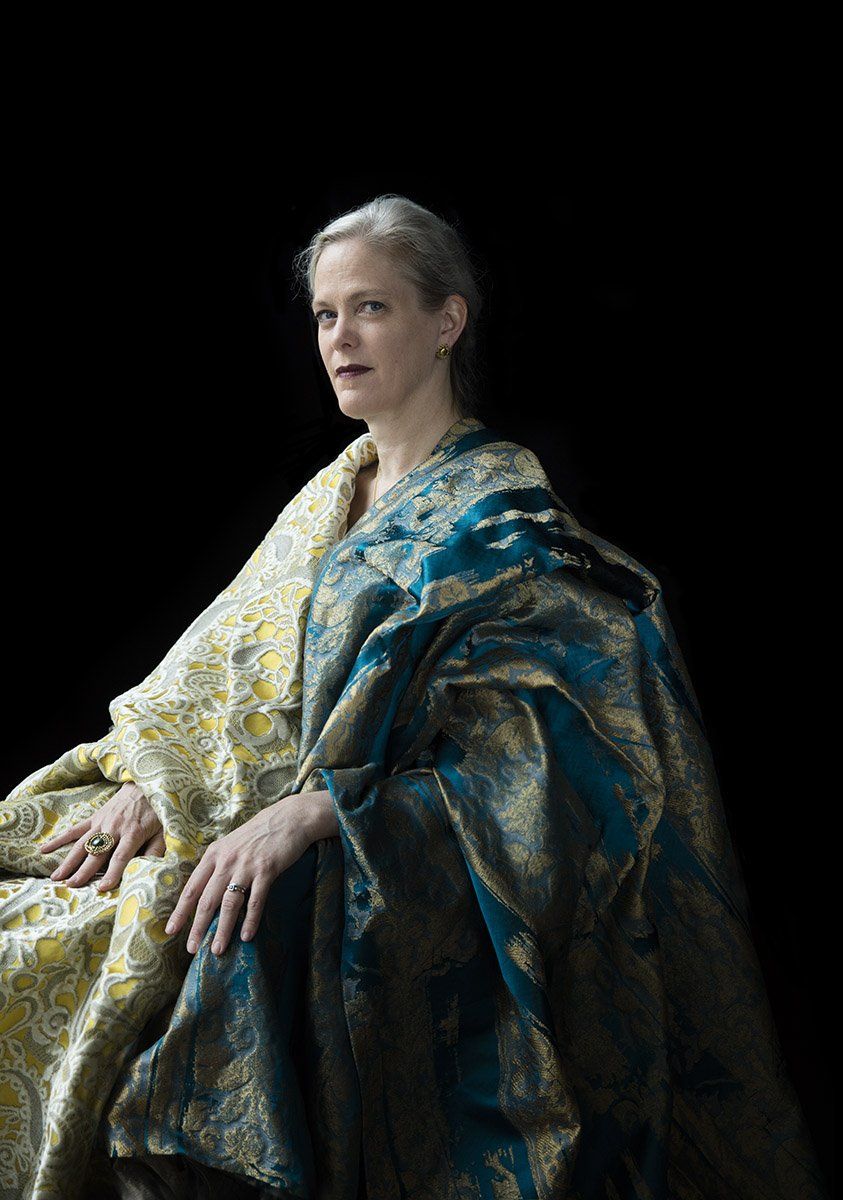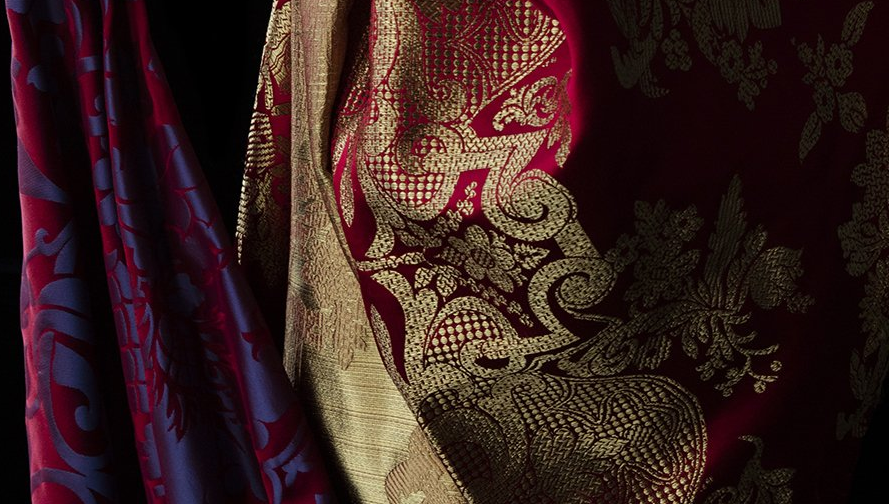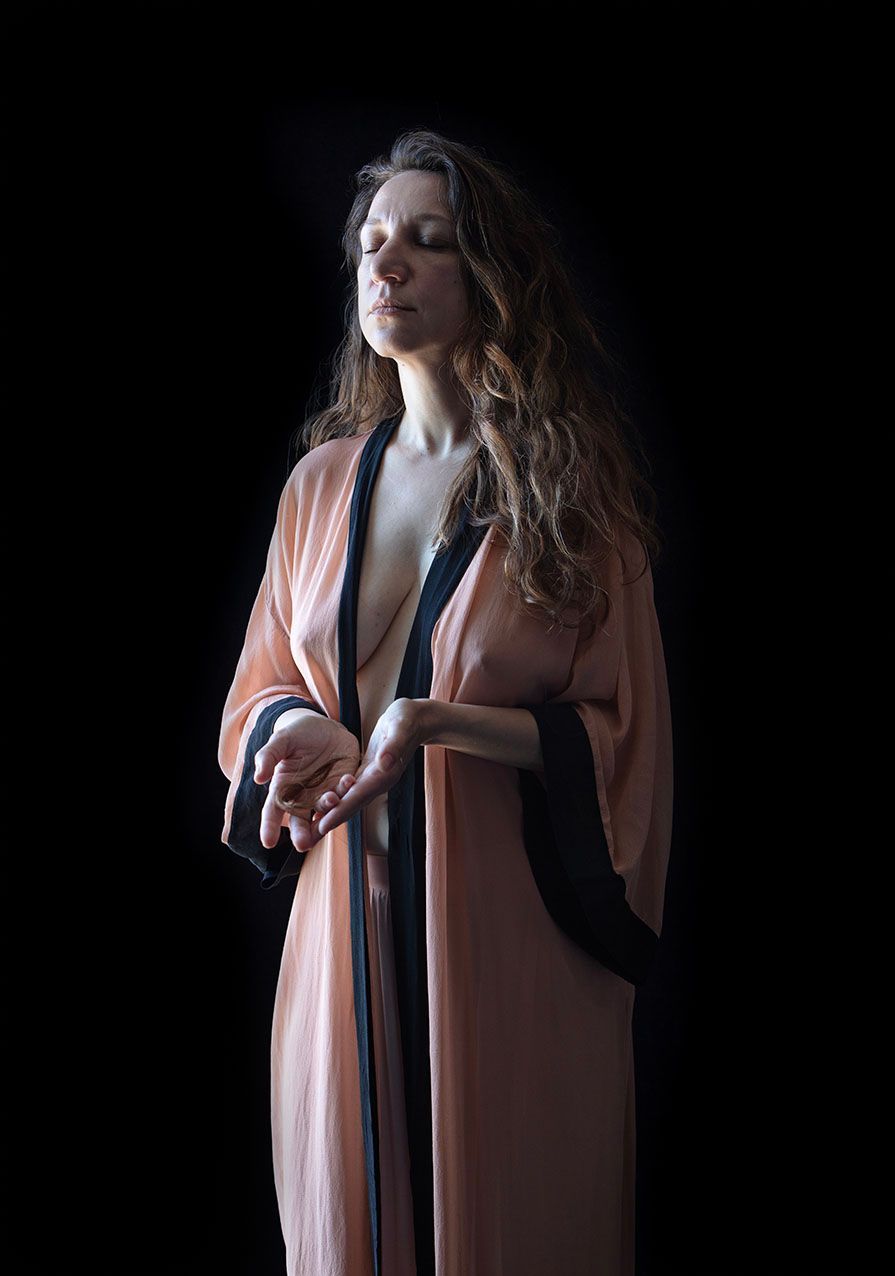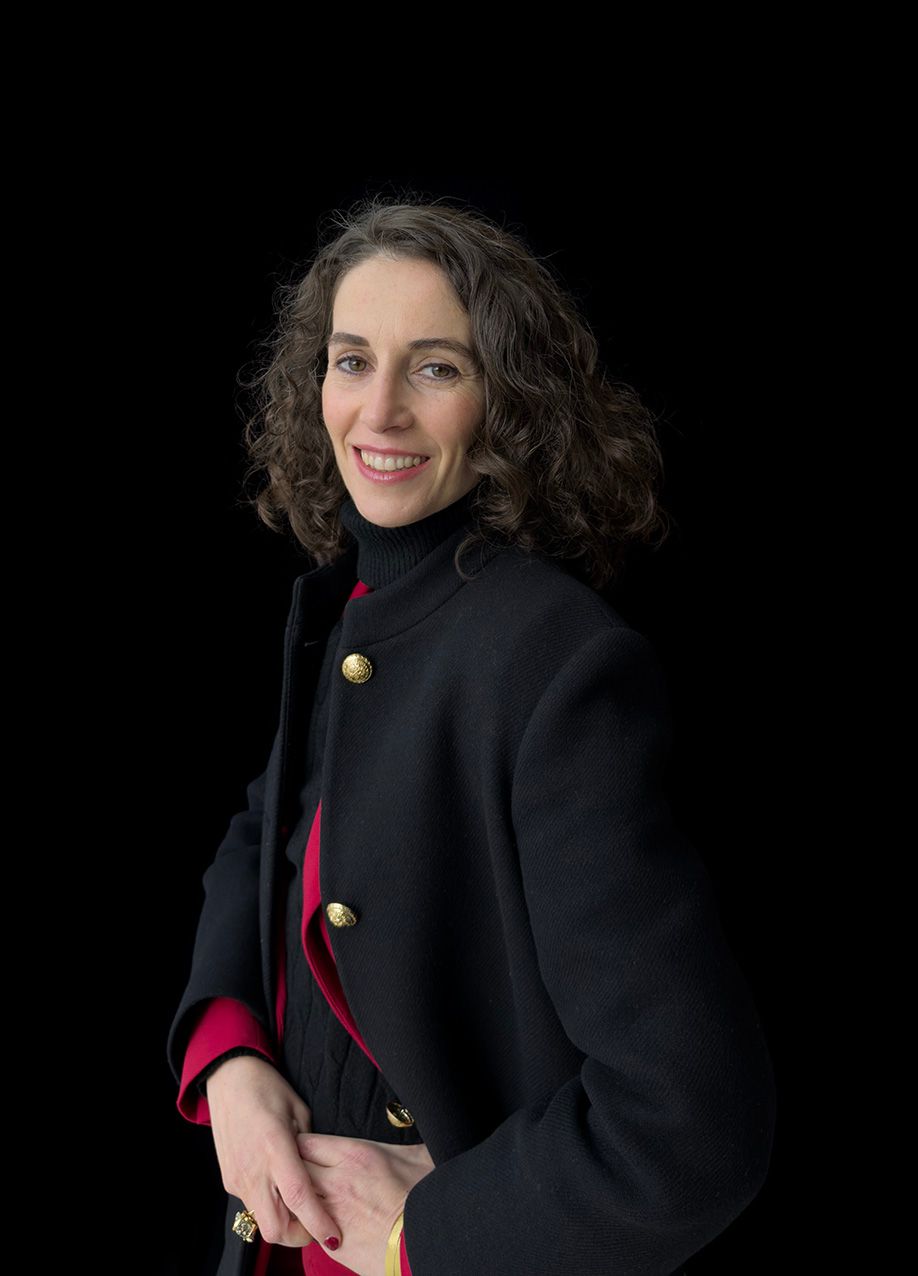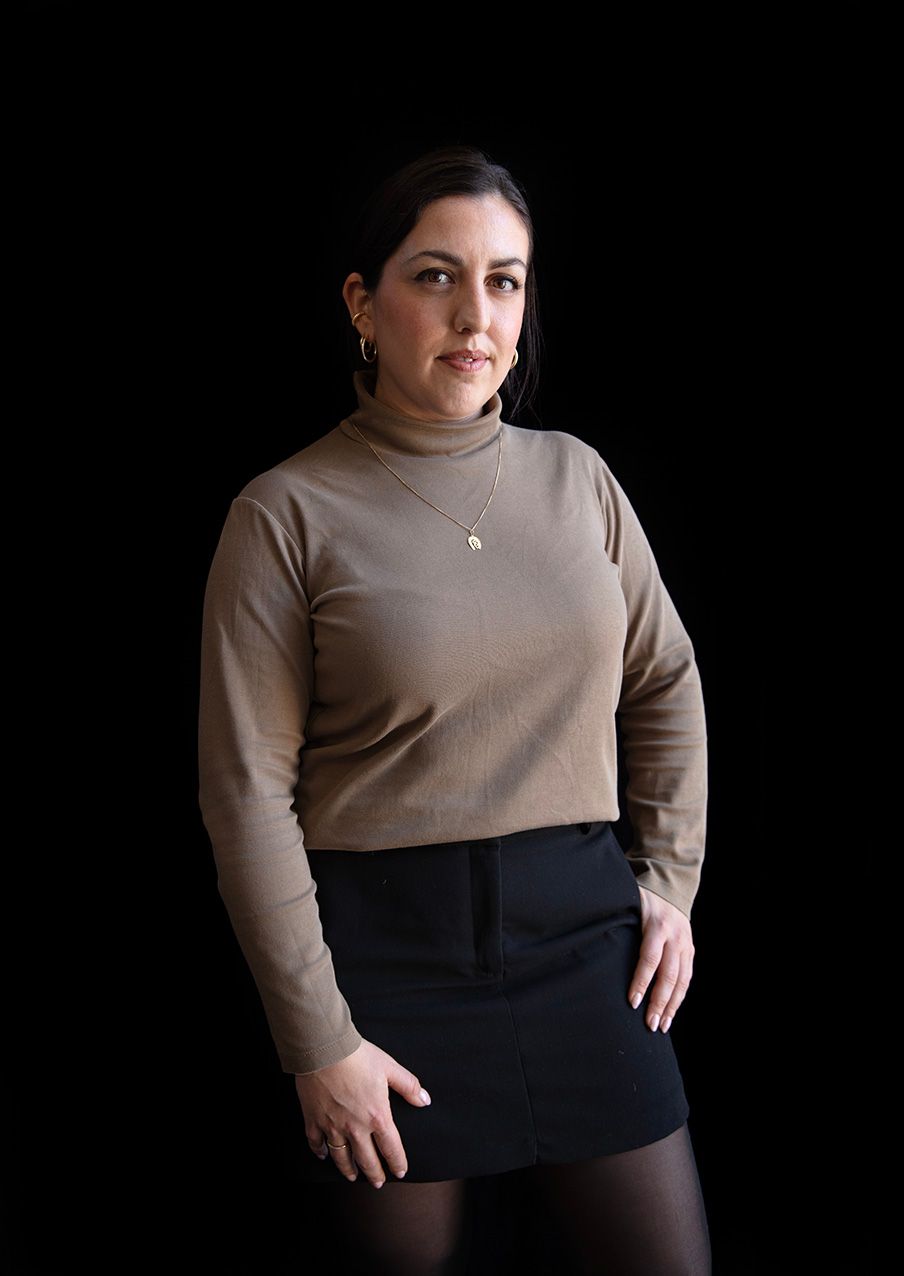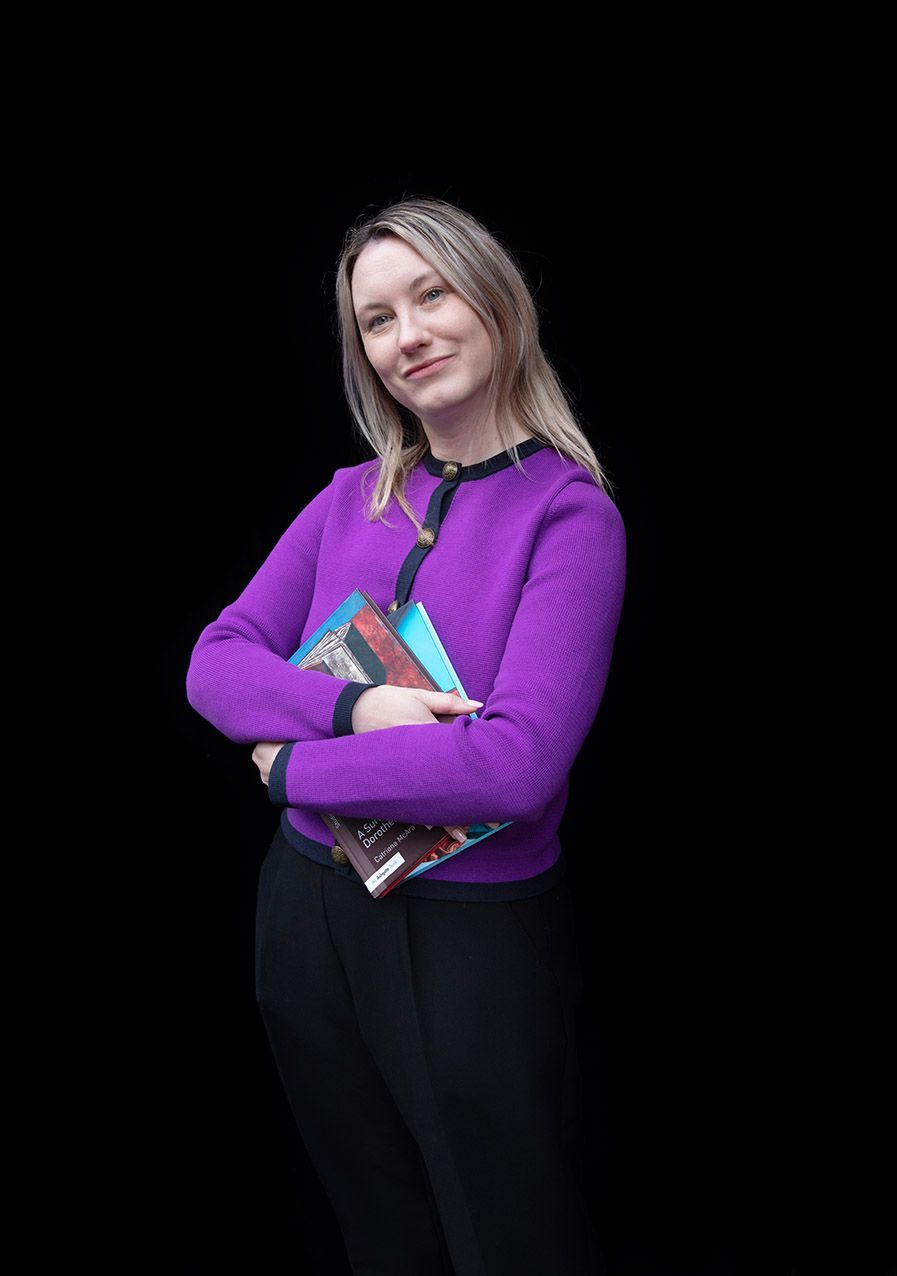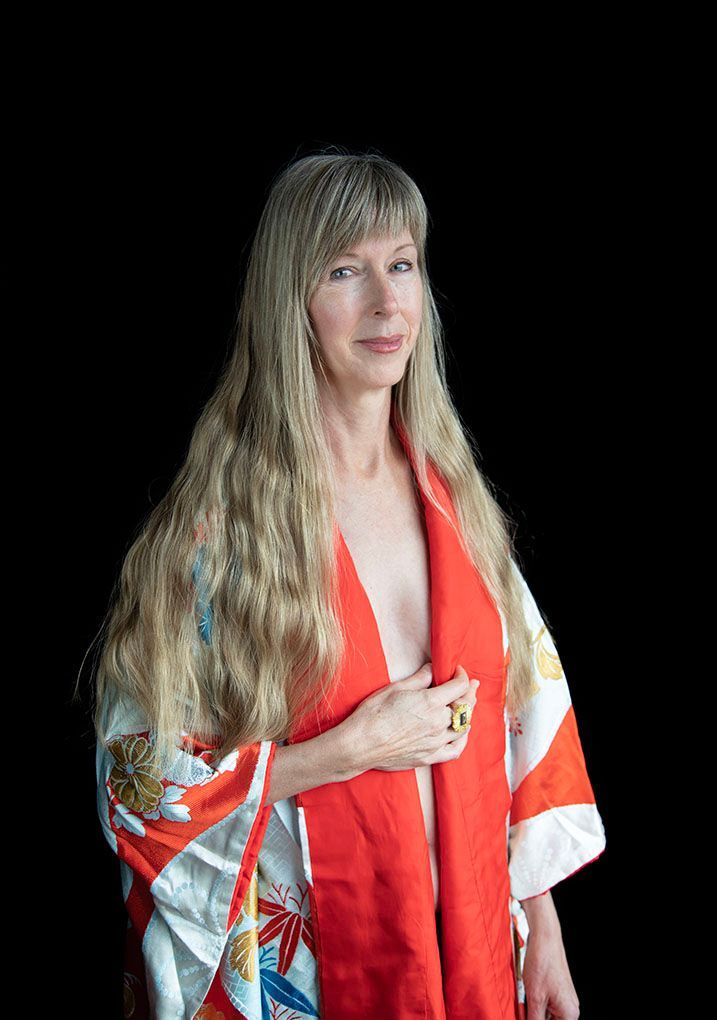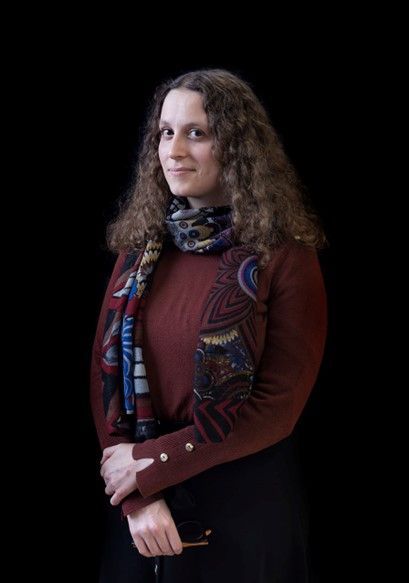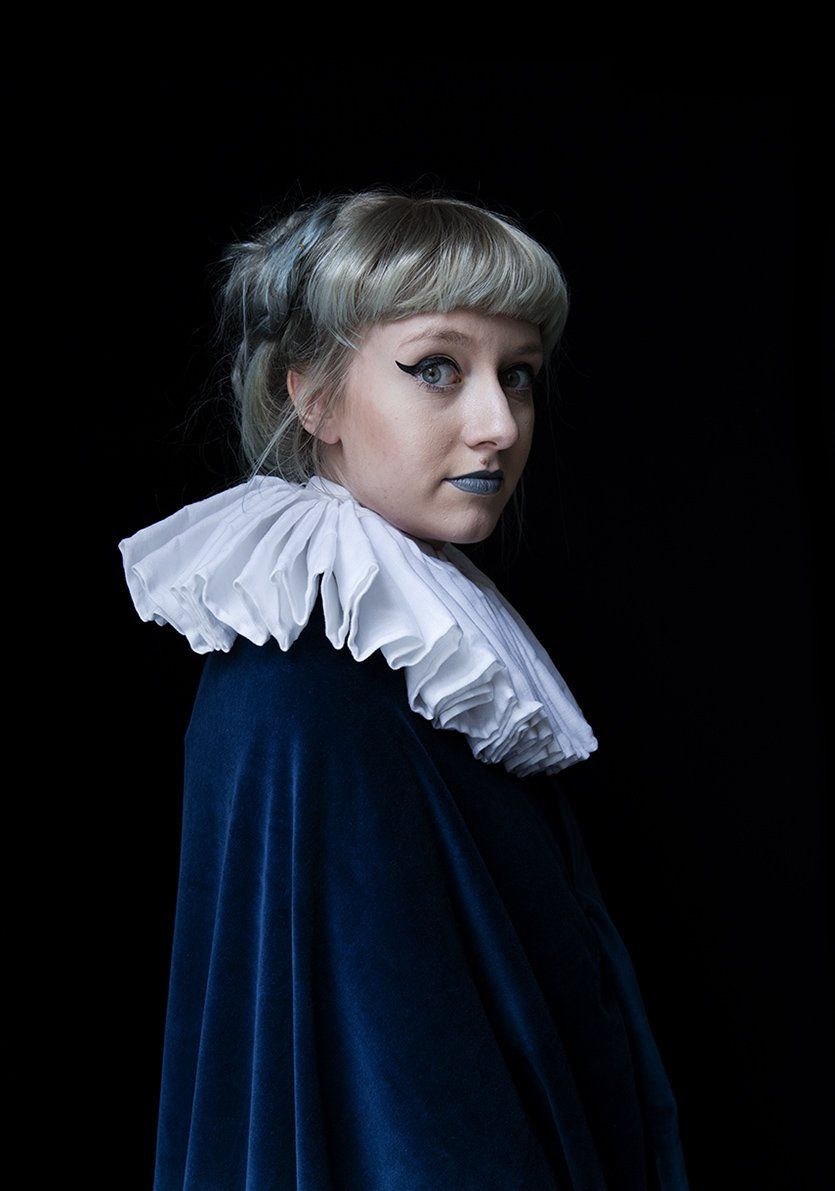Female Voices in Art: Lizzie Marx, Curator of Dutch and Flemish Art at the National Gallery of Ireland
"The art world is progressively dealing with the issue head-on: at the National Gallery of Ireland we recently welcomed our first woman director in the Gallery’s 158-year history"
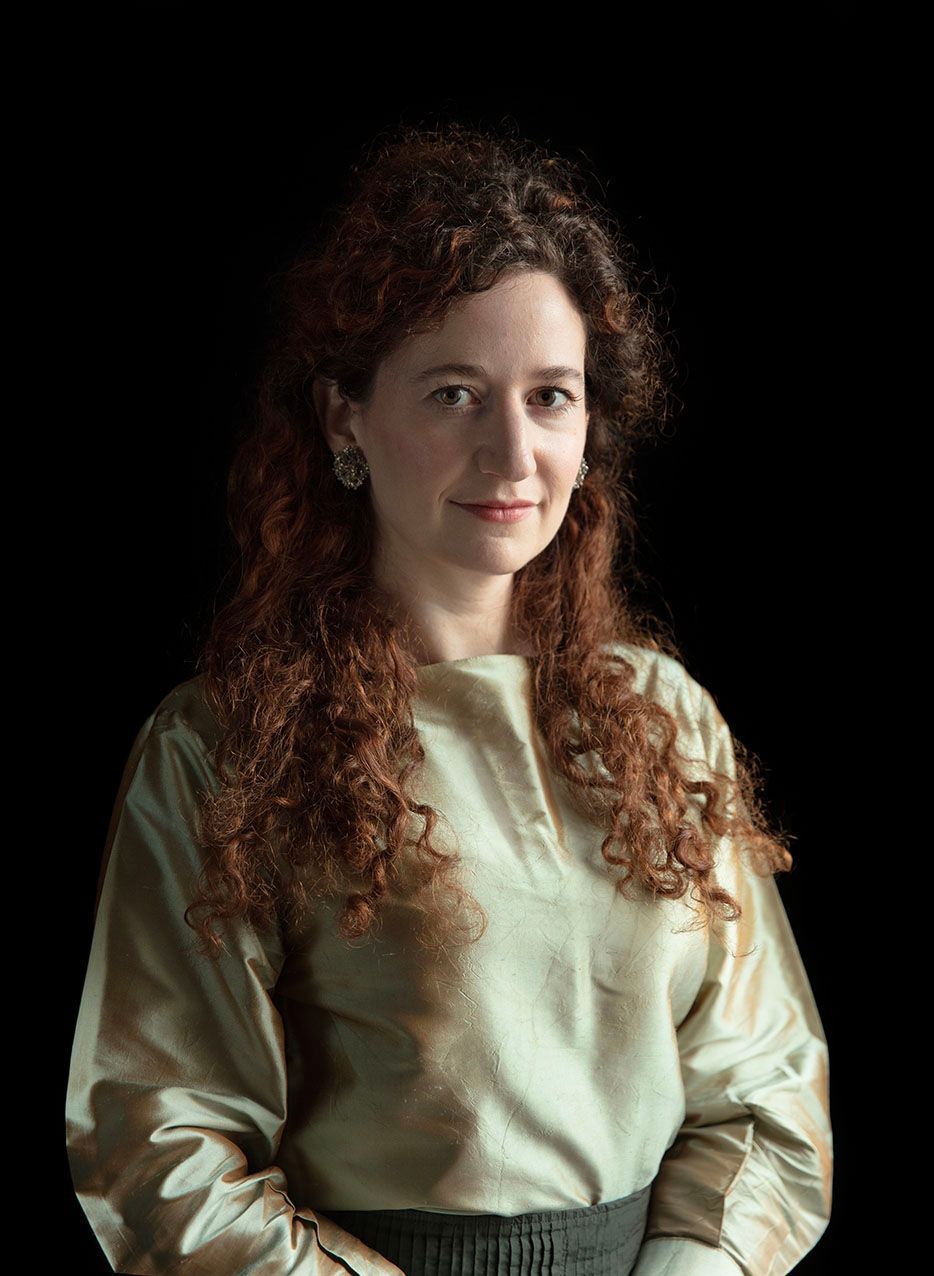
Lizzie Marx (b. 1992, London, England) is the Curator of Dutch and Flemish Art at the National Gallery of Ireland, Dublin. She received her doctorate from the University of Cambridge with her thesis titled Visualising, Perceiving, and Interpreting Smell in Seventeenth-Century Dutch Art. She also holds a B.A. and M.Phil in the History of Art and Architecture from the University of Cambridge. Lizzie was the 2018-19 Andrew W. Mellon Fellow at the Rijksmuseum, Amsterdam. She has worked on various exhibition projects of Dutch and Flemish art, including the 2021 exhibition Fleeting – Scents in Colour at the Mauritshuis, The Hague, and exhibitions at the Fitzwilliam Museum, Cambridge, and the University Library, Cambridge. Before joining the Gallery in 2022, she was a post-doctoral researcher on the Horizon 2020 Odeuropa project. She currently sits on the Board of the Historians of Netherlandish Art (HNA).
Could you tell us something about your role in the art world?
I am the Curator of the Dutch and Flemish Art at the National Gallery of Ireland, where, broadly speaking, I look after, research, display, and expand the collection. My wider aim is to share the relevance and brilliance of Dutch and Flemish art; to show how, although centuries old, it is able to resonate today.
What did you enjoy about being a part of this project?
I’m honoured to be invited to be a part of Carla’s project, and to join fellow contributors who I greatly admire. The photograph was taken in a small window during the buzz of TEFAF Maastricht, and I appreciated Fred stepping in to assist Carla on getting the right shot.
Do you have a favourite artist?
I can almost hear the collection reeling if I were to pick one over the others. While the Rijksmuseum’s Vermeer exhibition has been open, I cannot help but think of him as one of my favourites. I do miss our painting, Woman Writing a Letter, with her Maid, while it is away from the Gallery. But its absence has also granted the space to enjoy other artists in the collection (the exquisite precision of Gabriel Metsu, the delightful chaos of Domenicus van Wijnen, and of course the sheer bravado of Rubens). There is an artist for every occasion, mood, and even time of day.
What is your earliest memory involving art?
My grandmother was an artist specialised in landscape and still life painting. Our shared enthusiasm for all kinds of art meant that she was a good companion for exhibition outings, even up until she was 99. My earliest recollections are painting and drawing with her.
Do you have any special thoughts about the position of women in the art world?
The art world is progressively dealing with the issue head-on: at the National Gallery of Ireland we recently welcomed our first woman director in the Gallery’s 169 year history, Dr Caroline Campbell. We also opened the marvellous exhibition
Lavinia Fontana: Trailblazer, Rule Breaker, curated by Dr Aoife Brady, on the first woman artist to achieve professional success beyond the confines of a court or a convent. At other times, however, I am seeing interactions in the art world that recall a culture that I had assumed was behind us. A reminder that there is still work to be done.
What are you wearing, and is there a story behind it?
The shirt comes from a visit to Melbourne last autumn, made of raw shot silk. I was recently writing about costume in Dutch and Flemish art, and studying the ways in which artists depicted the draping of textiles, lustre of armour, and diversity of accessories, such as jewelled brooches and aigrettes. There is something to be said about wearing and engaging with materials that were worn by the figures depicted in the art we study.
What are you currently working on?
I am collaborating with wonderful colleagues at the KMSKA on our
Turning Heads
exhibition, which explores Dutch and Flemish artists’ fascination with the human face. The exhibition opens in Dublin in February 2024. The Gallery’s collection is rarely static, and we are working on shaping the collection by expanding and diversifying it. The latest acquisition for the Dutch and Flemish collection is a beautiful flower still life by Rachel Ruysch, painted in her 78th year. It is our first painting by a Dutch woman artist to join the collection. I am also getting acquainted with our spectacular collection. I have been visiting the stores to study the paintings that I would love to bring out on display and research further. I am speaking with my colleagues, some of whom have been at the Gallery for as long as four decades, who have been very willing to share their knowledge too.
Could you mention a project, an institution that, or a person who has been important or inspiring for your career and why?
I am grateful to fellow Women in the Art World contributors from the Mauritshuis who I could work with on the Fleeting – Scents in Colour exhibition. Bringing the doctoral research to life through works of art was hugely gratifying. While I was living in Amsterdam, the Rijksmuseum was also instrumental for me. Working in the prints and drawings study room brought in artworks and visitors most days. I learnt a lot from my colleagues, it was a privilege to be there.
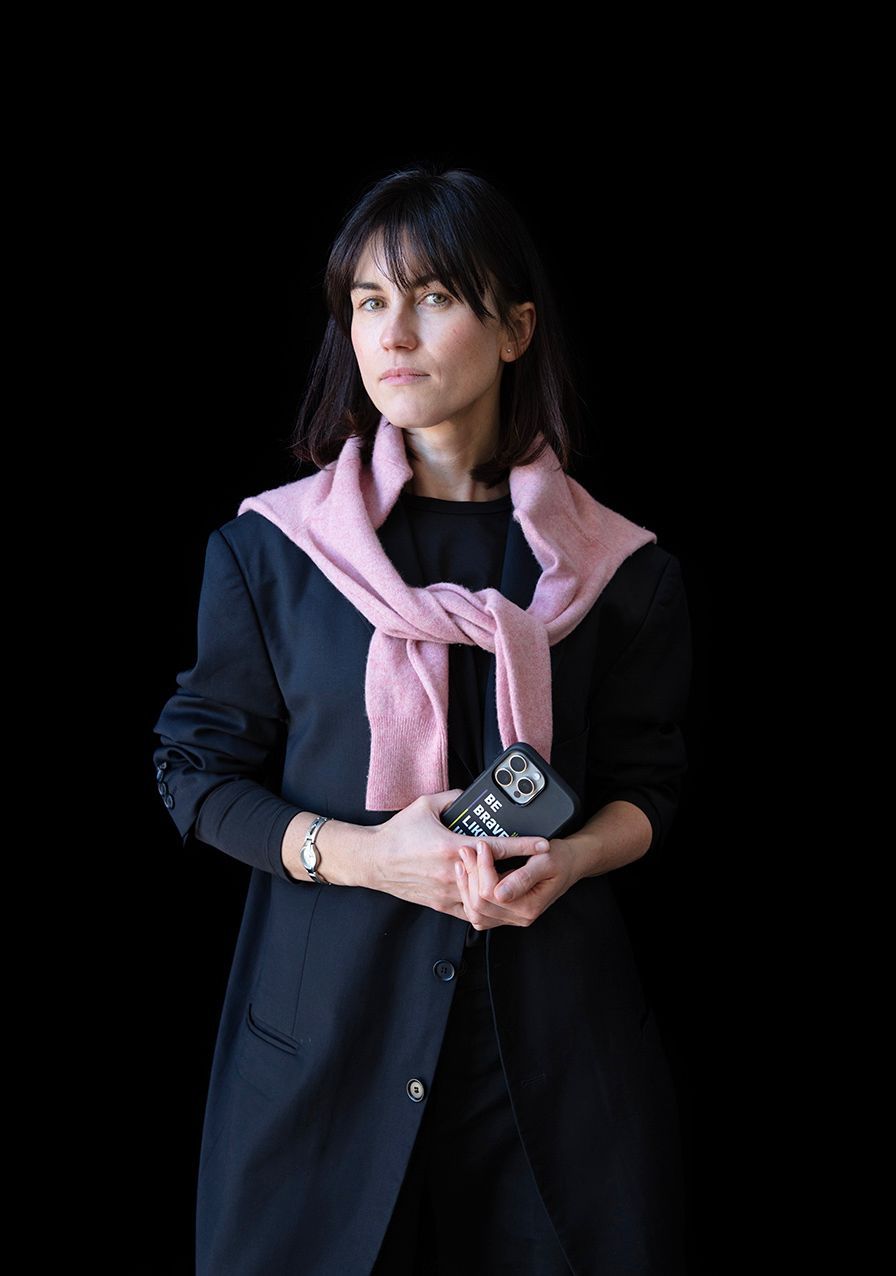
Female Voices in Art: Interview with Mariana Varchuk, Curator Khanenko National Museum of Arts, Kyiv
